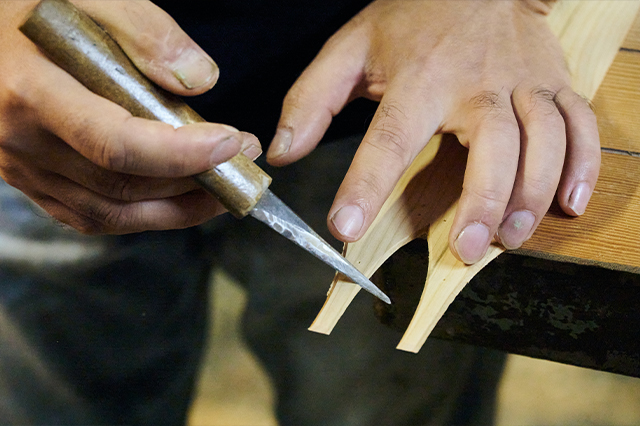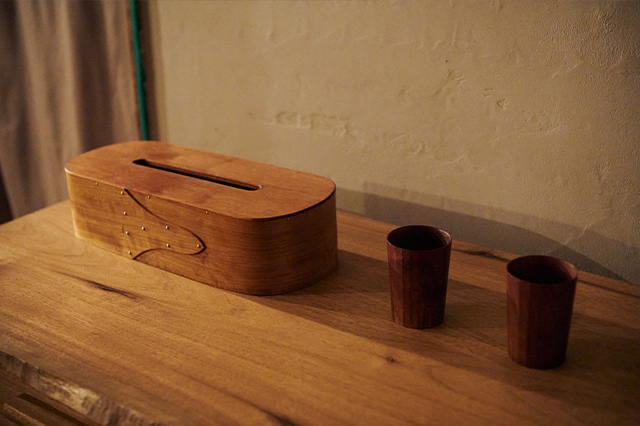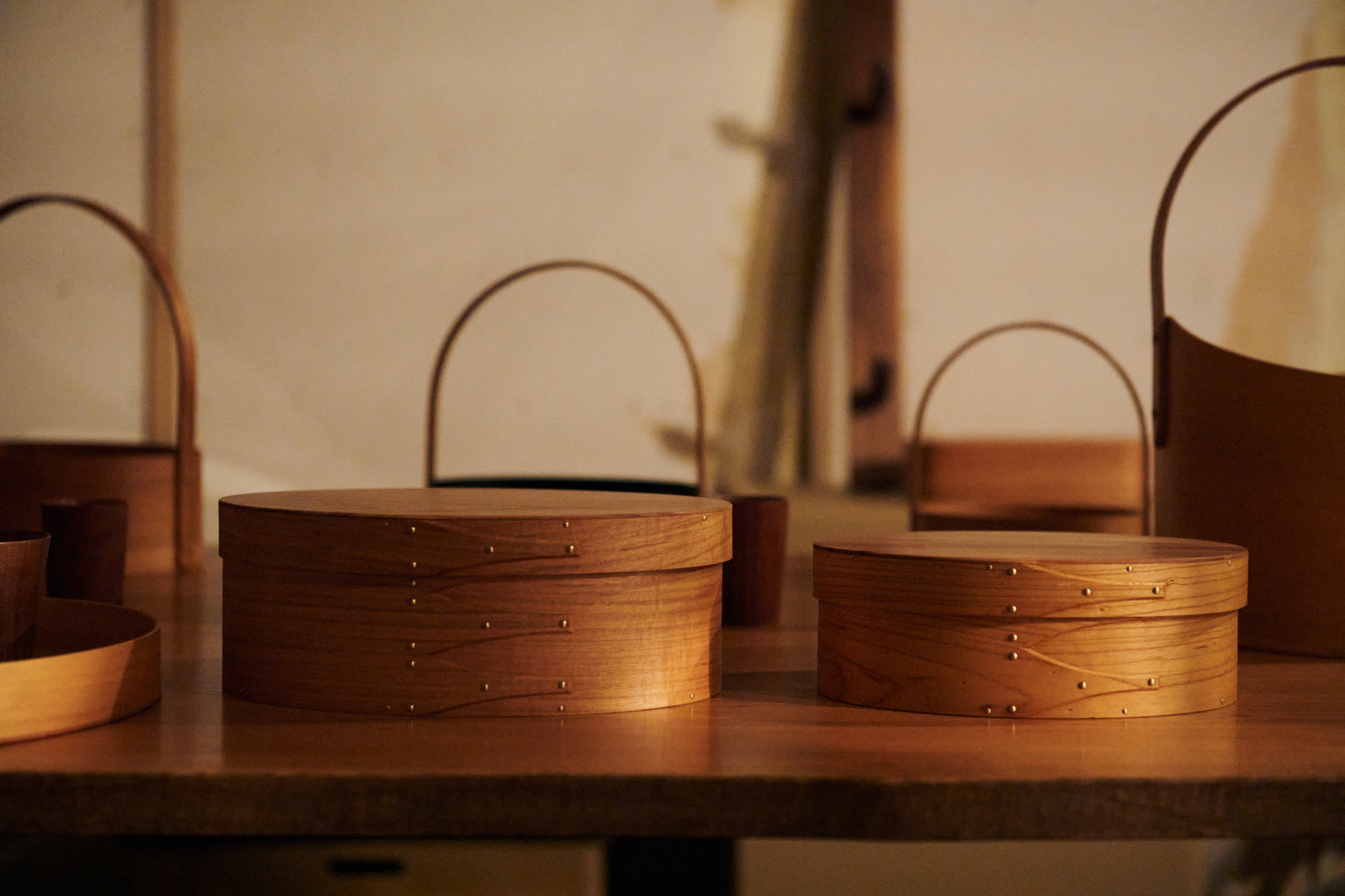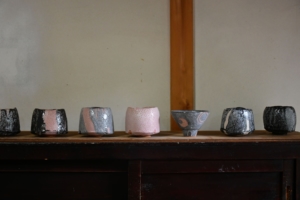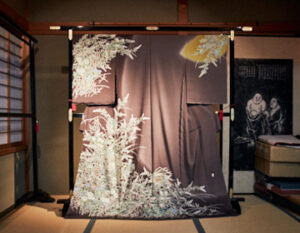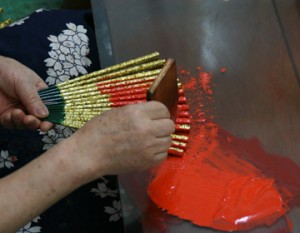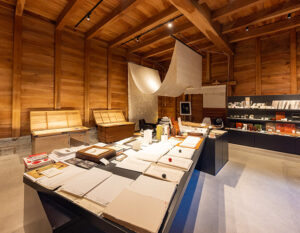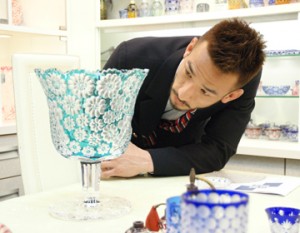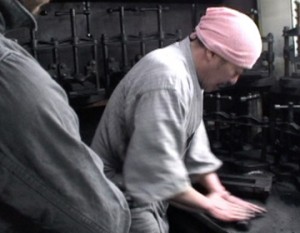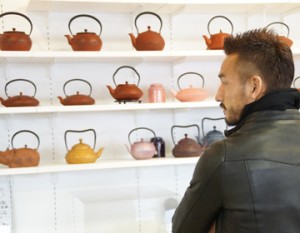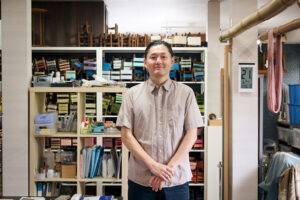Artisans behind historic buildings
Hida Takayama is located in the northern part of Gifu Prefecture. Surrounded by lush forests, this area has nurtured many artisans called “Takumi,” who have been at the forefront of Japanese woodworking and wooden architecture for about 1,300 years. In the Nara period (710-794), the high level of their skills was recognized and a special “Hida Takumi System” was established, under which about 100 Takumi were exempted from taxes in exchange for being dispatched to the capital annually.
Since then, as the company continued to work on historical buildings and develop its traditional culture, it has produced crafts such as “Hida Shunkei” and “Ichii Itto Bori”. About 100 years ago, the western furniture technology of “bent wood” was introduced to Japan, and through trial and error, it was fused with the traditional skills of the master craftsmen. As Japanese people’s eating habits changed from chabutai (table-top table) to dining sets, Takayama’s furniture craftsmen developed their expertise in wood furniture with high design and functionality, and Takayama became recognized by all as one of Japan’s leading furniture production centers. Even today, Takayama continues to attract more and more fans of “Takumi” both in Japan and abroad.
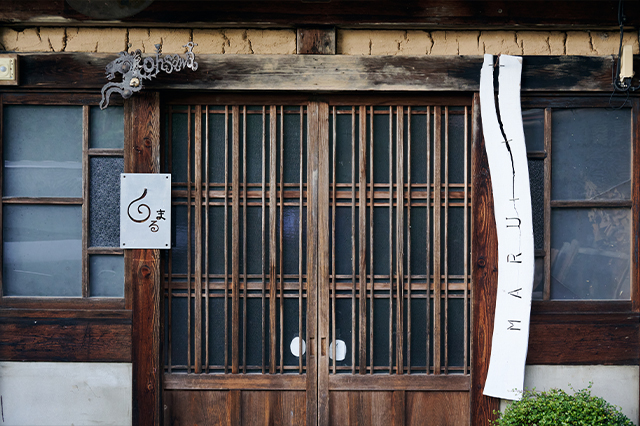
Adapting traditional crafts to modern life
Masashi Osawa, who was born in Hino City, Tokyo, moved to Takayama in his early 20s, studied woodworking techniques at a vocational training school, and then worked for a furniture manufacturer as a furniture craftsman. He bought an over 80-year-old old house and started his own workshop, Maru Kogei, there.
At first, he made wooden furniture, but as he pursued the technique of bending wood, he received orders and began making oval boxes called “oval boxes. The oval box originated as a piece of furniture created around the 19th century by the Shakers, a Christian sect that believed that beauty resides in usefulness, through careful handcrafting. It is a simple storage box made by bending thin wood. Many manufacturers and craftsmen began to produce replicas of the original, and the product gained popularity among a wide range of people and became known as a fashionable sundry item that blends in with daily life.
This is reproduced in Mr. Osawa’s style. The key is the bending technique he developed during his time as a furniture craftsman. Thin, solid hardwoods are steamed at high temperatures to soften them, placed in molds to fix them in place, and then dried to create supple, beautiful curves. The process is not a simple one, as it requires millimeter-by-millimeter adjustments to accommodate the different wood grains and moisture content of each piece of wood. To prevent the wood from warping or floating, the joints are made in a form known as a “swallow tail,” and the pieces are carefully pasted together one by one. The wood is cut out using a small knife with exquisite precision, and the soul is put into every detail. The works, which embody perfect functional beauty and are stripped down to the utmost limit, have attracted many fans and are sold out almost without ever being displayed in stores.
Another of Osawa’s styles is to reconstruct traditional crafts to suit modern lifestyles. He also creates wooden tissue cases with beautiful, graceful curves by applying bending wood technology and mirrors fitted inside wooden frames with magnificent circles, pursuing a stylistic beauty that combines rationality and originality. His next goal is to create pieces that will last for 100 years. I just want to create something that I can truly appreciate as beautiful,” he says. The wish of a modern master craftsman who has inherited the will and techniques of his predecessors is as simple and incomparably pure as the appearance of his work.
